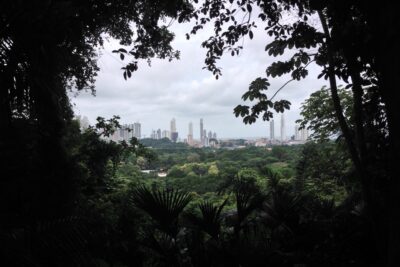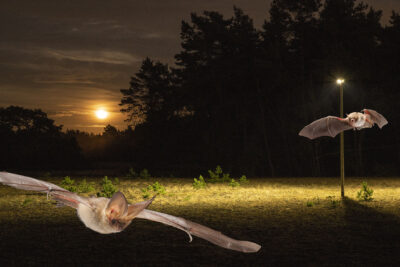Research
With a belief that knowledge is power, we connect our patients directly with their results so they have valuable health information when they need it most, care about our people and are committed to excellence in our work.
Research
All
Barbara Gravendeel
Barbara Tomotani
Hans Slabbekoorn
Jacintha Ellers
Kamiel Spoelstra
Matty Berg
Menno Schilthuizen
Wouter Halfwerk
CITISENSE
In the CITISENSE project, funded through an ERC starting grant, we aim to understand how animal communication and species interactions are influenced by urban sensory conditions, s...
Urban evolution of species interactions
As one of the participating research groups in the GLUE project, my team has set up an urban-rural gradient in Amsterdam and surroundings to study adaptation of species interaction...
Light on Nature / Light on Landscape Project
In the NWO-TTW funded Light on Landscape project (follow-up of Light on Nature) we study the impact of artificial light at night (ALAN) on nocturnal species: bats, mice, mustelids...
Trait-based approaches in explaining shifts in species composition
The isopod Porcellio spinicornis, one of the most drought tolerant species in cities (Photo credit Jan van Duinen). Funded through various grants and in close cooperation with M...
Urban evolution in land snails
Land snails are characterized by low mobility. This means that they tend to show strong local adaptation. We study urban evolution in land snails along urban-to-rural transects, wi...
Evolution of biological clocks
Through a NWO-VENI grant, Barbara Tomotani uses the phenotypic differences of urban/rural biological clocks to test the prediction that the altered light cues experienced in cities...
©2022 CUE2, All Rights Reserved. Created by PixelQuarter.






